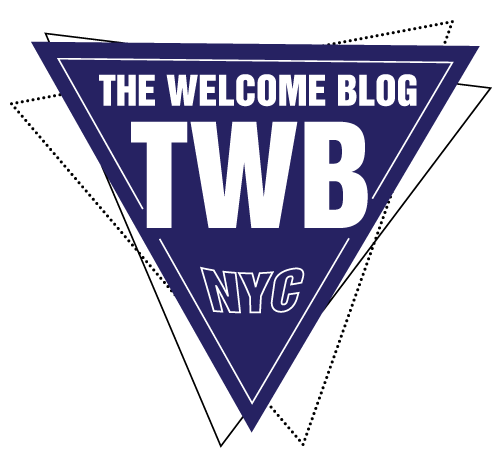Why New York Is Called Gotham City
By Carmen Nigro, Milstein Division of United States History, Local History and Genealogy
New York is a city of nicknames—the Big Apple, The City That Never Sleeps, Empire City, The City So Nice They Named It Twice. But let’s just concentrate on one: Gotham.
For some, the term Gotham City is forever tied to the Batman comic universe. But writer Bill Finger was inspired by an entry in a telephone book for Gotham Jewelers. Finger explains in the Steranko History of Comics that changing the locale from Manhattan to the fictional Gotham City made the setting of Batman more vague. In fact, the nickname goes a lot further back than 1940, when in Batman issue number four, Gotham City is named for the first time.
For a history of the term “Gotham,” one doesn’t have to go much further than Edwin Burrows’ and Mike Wallace's Gotham: A History of New York City to 1898. Always one of our most popular reference books in the Milstein Division of U.S. History, Local History, and Genealogy, Gotham is a massive but fascinating chronicle of New York City history. It is here that we learn that the term Gotham is tied to the author Washington Irving, famous for his short stories “The Legend of Sleepy Hollow,” and “Rip Van Winkle.” It’s also here that we learn Irving was being less than flattering when he nicknamed the city in 1807.
Irving was sort of a ringleader of a group known as the Lads of Kilkenny, a group Burrows’ describes as “a loosely knit pack of literary-minded young blades out for a good time.” The Lads made their rounds of the Park Theater and the Shakespeare Tavern, and some of them eventually organized to create the literary magazine called Salmagundi (full text available in Google Books). In Salmagundi, Irving and the Lads published essays concerning events in “the thrice renowned and delectable city of GOTHAM,” thereby creating a nickname for New York which is now over two hundred years old. Irving, coincidentally, also coined the term “Knickerbocker” with his book A History of New York, From the Beginning of the World to the End of the Dutch Dynasty ... by Diedrich Knickerbocker (full text available in Google Books), which Irving attributed to the fictional Knickerbocker.
The word “Gotham” actually dates back to medieval England. NYPL has some of these resources, including an 1866 reprint of The Merry Tales of the Mad Men of Gotham. Gathered Together by A.B. of Phisicke, Doctor, 1630. There is also a digitized version available on site at the library and a Google Book version. English proverbs tell of a village called Gotham or Gottam, meaning “Goat’s Town” in old Anglo-Saxon. Folk tales of the Middle Ages make Gotham out to be the village of simple-minded fools, perhaps because the goat was considered a foolish animal. Some tales describe the denizens of Gotham as only playing the fool, a ruse used to avert the wrath of the sinister King John. Burrows’ poses that “it was doubtless this more beguiling—if tricksterish—sense of Gotham that Manhattanites assumed as an acceptable nickname.” Burrows’ also notes that the term “Gotham” as a nickname “has gone in and out of favor, having great currency in one decade, falling into desuetude the next” when he discussed the resurgence of the term as it is associated with Batman. He quotes an [unnamed] Batman editor in saying that “Gotham is New York’s noirish side... whereas Superman’s Metropolis presents New York’s cheerier face.”
It’s without doubt that New Yorkers have indeed embraced the nickname, Gotham. It no longer invokes a foolish village of goat herders, and sometimes invokes the darkened noirish version as popularized through Batman, but it can be referencing New York in several ways. From the Gotham typeface font to the Gotham Center of New York History and all of the businesses with Gotham in their names in between, the moniker remains a permanent part of New York City’s character.
"Gotham: A History of New York City to 1898", by Edwin Burrows and Mike Wallace
If you would like to explore more about Gotham City, we recommend the book "Gotham: A History of New York City to 1898" by Edwin Burrows and Mike Wallace. this monumental work of history, one that ranges from the Indian tribes that settled in and around the island of Manna-hata, to the consolidation of the five boroughs into Greater New York in 1898.
- July 2018
- June 2018
- May 2018
- December 2017
- November 2017
- October 2017
- September 2017
- August 2017
- July 2017
- June 2017
- May 2017
- April 2017
- March 2017
- February 2017
- January 2017
- December 2016
- November 2016
- October 2016
- September 2016
- August 2016
- July 2016
- June 2016
- May 2016
- April 2016
- March 2016
- February 2016
- January 2016
- December 2015
- November 2015
- October 2015






